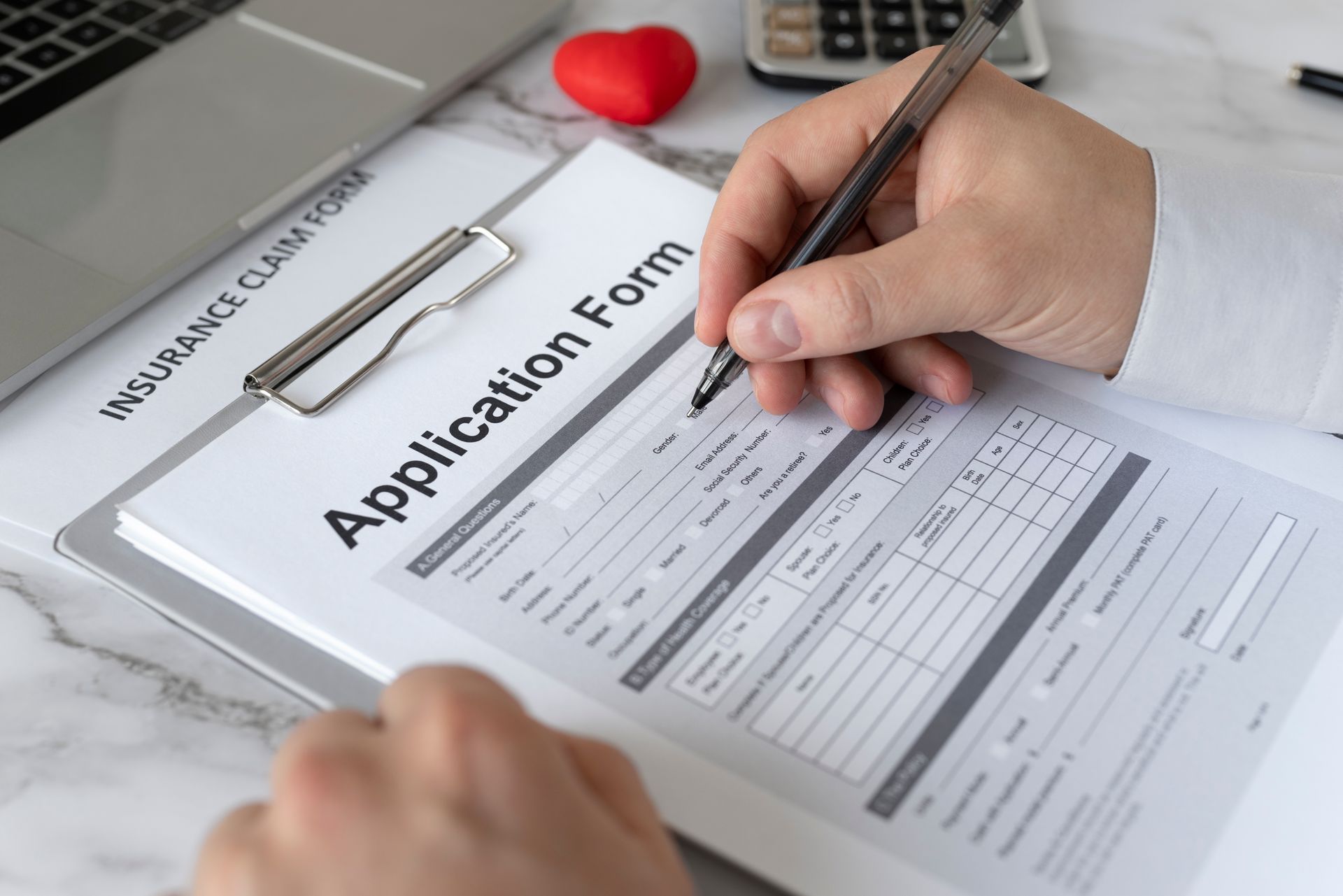Spousal Sponsorship Canada Online

In September 2022, Immigration, Refugees and Citizenship Canada (IRCC) implemented a mandatory online application process for Canadian spousal sponsorship applications. A spousal sponsorship is possible when a Canadian citizen or permanent resident is married to a foreign national, and the family intends to live in Canada. The Canadian partner can sponsor the foreign spouse to become a Canadian permanent resident (along with their dependent children, if any).
Although common-law partners are also eligible to be sponsored for permanent residence, there are important differences when the sponsorship involves a common-law relationship compared to married spouses. For that reason, we've prepared a separate article for online common-law partner sponsorships. This post deals solely with legally married spouses.
We are not intending to provide an exhaustive discussion of the spousal sponsorship program, but rather to highlight what has changed with the transition to online applications for sponsorship. We have other posts containing more background information for sponsoring spouses, common-law partners and conjugal partners.
Who Can Sponsor a Spouse?
Canadian citizens or permanent residents can sponsor their spouse plus any dependent children of the spouse.
However, it is relevant where the sponsor is living when the application is filed. Canadian citizens can initiate the sponsorship process from anywhere in the world, as long as they agree to move back to Canada once the sponsored individual is approved for a visa. A Permanent Resident, however, can only file a sponsorship application if they are living in Canada. Both Canadian citizens and permanent residents must be able to provide financial support to meet the basic needs of their spouse and any child(ren) included as well.
Document Checklist for Spousal Sponsorship
The new online spousal sponsorship application uses the same document checklist as the old paper application, but the required forms are in two different formats. There are a handful of PDF forms to download, complete, sign and upload. Other forms are filled out in the online portal itself.
We recommend you print off and thoroughly study the PDF document checklist to understand the pieces needed. These will vary depending on several factors for your precise situation - each application requires slightly different evidence to be considered complete. Everything needed for your case must be included before it will be accepted for processing.
Just a note on this - Canada's immigration system is brutal when it comes to returning incomplete applications. They generally return the file as incomplete rather than give applicants the opportunity to fix any deficiencies.
Setting up your Online Account
After you've studied the document checklist, it’s time to set up your online account and build the framework for your application to sponsor your spouse or partner. This is where you will need to choose which type of sponsorship you are submitting – inland (in Canada class) or overseas (family class). If uncertain, you can review the differences between these two classes in our blog post related to that topic.
Preparing the Forms
When you first log into your online account, you will see a home screen listing most of the online and PDF forms that IRCC requires for the application type you have chosen. Some of the listed forms are digital forms that you will complete online and some you need to complete as PDFs, sign electronically, and upload them into the proper slot provided. It’s confusing - we agree.
Please note for the online application process, you must complete the IMM 5562 (Travel History) form online, even though it is not currently listed on the document checklist.
Uploading the Documents
Once you've completed all forms for your application, it’s time to upload the supporting documents. The drop down menu is located part way down the home screen where you choose the category of document to upload, and attach it. IRCC has a specific way they want people to name their files, detailed in the application guide, so ensure you follow that. It is most critical that every document needed is uploaded, or else the application will be returned as incomplete.
The evidence you will need depends on your situation; for example, whether you live at the same address or not. As well, there are sometimes additional documents needed to support more unique aspects of a given application, for example regarding adoption records for a dependent child. Key documents need translations and certified true copies if not originally in English or French. It is up to you to decide what additional documentation to include as proof of your relationship. When in doubt, seek professional advice.
Fees for Sponsorship
The government fees are paid and the receipt uploaded in its own section of the home screen. The fees for family class sponsorship are as follows:
- $85 for the sponsor
- $545 for the principal applicant
- $175 for each dependent child
- $85 per person for biometrics (anyone 14 years old or older, max $170 per family unit)
- $575 Right of Permanent Residence Fee for the principal applicant
Police Clearances for Spousal Sponsorship
Previously, applicants only needed to include a police clearance from where they were currently living plus the country where they lived the longest, and IRCC would request any remaining clearances during processing. Now, all necessary police clearances for the online process must be included upfront. The requirement is to provide a valid police clearance for any country where the principal applicant lived for at least 6 months in a row. Mistakes with police clearances are a very common reason for return of sponsorship files.
Any sponsored family member over 18 will also need police certificates. The rules are a bit complicated, so ensure you know exactly which ones you need for your application.
Digital Signatures for Spousal Sponsorship
There are two different sets of digital signatures required on your sponsorship application. The PDF forms must be digitally signed before uploading them. IRCC accepts just typing your name into the signature field for the digital signature.
The second set of signatures is from the principal applicant (sponsored person). Once the online application is completed, they must digitally sign off on the entire application inside the portal before it can be submitted. Ensure their name is entered exactly as on their passport, or it may not be accepted as a digital signature.
It’s also critical for the principal applicant to affix their own signatures; it would be misrepresentation for the sponsor or anyone else to sign for them. It is entirely possible that IRCC uses location tracking to ensure that digital signatures have been placed by the proper person, so don’t take a chance with having your sponsorship refused (or your own permanent resident status put in jeopardy) because you signed it fraudulently.
Open work permits
Sponsored spouses in Canada are usually eligible for an open work permit.
Under the previous paper sponsorship application, we could include an application for an open work permit together with the permanent residence package, and the work permit holder would continue in status as long as the application was submitted before their expiry of their work permit. With the new online system, only the permanent residence application can be submitted through the online PR application portal.
You need an email confirming the permanent residence application has been accepted for processing, with a file number, before the principal applicant can apply online for an open work permit. This email is commonly referred to as the AOR (Acknowledgement of Receipt) letter.
Then the sponsored spouse can apply for the work permit through the mycic portal. It’s a different online account than where the sponsorship application was submitted.
There is also specific code to include in the open work permit application form to ensure that IRCC can sort your application into the processing stream for spousal sponsorship applicants, which is usually faster than the regular processing stream.
In some cases, for inland spousal sponsorship applications, you may find that you do not have enough time to receive the AOR letter before the existing work permit will expire. Whatever you do, do not let your immigration status expire. Contact our office to discuss your options, because it’s critical that temporary status is maintained for the sponsored spouse throughout the processing.
If the sponsored spouse is abroad, you may want to consult a professional on the chances of getting a visitor visa to travel to Canada during the waiting period.
What Happens after Submitting an Online Canada Spousal Sponsorship?
As soon as you submit the online application, you will receive an email telling you that it was submitted (this is not the AOR). At this point, you are no longer able to change the information you provided in your application, so ensure that you have completed your application perfectly before submitting it.
After a period of time passes, if your spousal sponsorship application was perfectly prepared, you will receive a second email that states IRCC has accepted the application for processing, with a file number. This is the AOR needed to apply for a work permit. If your application package was not perfect, you will receive a message indicating it is being returned as incomplete. You then need to start over, preparing your application for re-submission.
If your application was accepted for processing, expect to receive requests to submit biometrics, take a medical exam, and pay the Right of Permanent Residence Fee (if it was not paid upfront), and eventually instructions for the landing process. Once the Confirmation of Permanent Residence has been signed by a Canadian Immigration officer, your spouse and dependent children have Canadian permanent residence status.
How Long Does Spouse Sponsorship Take in Canada 2024?
Processing times have been relatively quick under the new online process. We've routinely received AORs within 4-6 weeks and see processing times for inland spousal sponsorship applications to be approximately 5-8 months.
How Much Money Do You Need to Sponsor Someone in Canada?
There is no required income level to be able to sponsor a spouse or partner, or dependent children in the majority of cases. The sponsor cannot be bankrupt, or on welfare and must be able to reasonably show that they can provide financially for their spouse or partner. If any of the sponsored dependent children have children of their own (your spouse's grandchildren), then a low income requirement will apply and the sponsor must show that they have sufficient income.
Work with Us
The Way Immigration has successfully represented thousands of spousal sponsorships since 2008. Regardless if you are a married spouse, common-law partner or in a conjugal relationship, we can guide you through the process. Contact our office to engage the services of the top immigration consultants in Calgary, and avoid the stress and uncertainty of managing this process yourself. The most common phrase we hear from our clients is that they feel so much better, even just a few minutes into a conversation with one of our team members. Don’t lose sleep, don’t fight with your partner – we can make your Canadian immigration straightforward and stress free.











